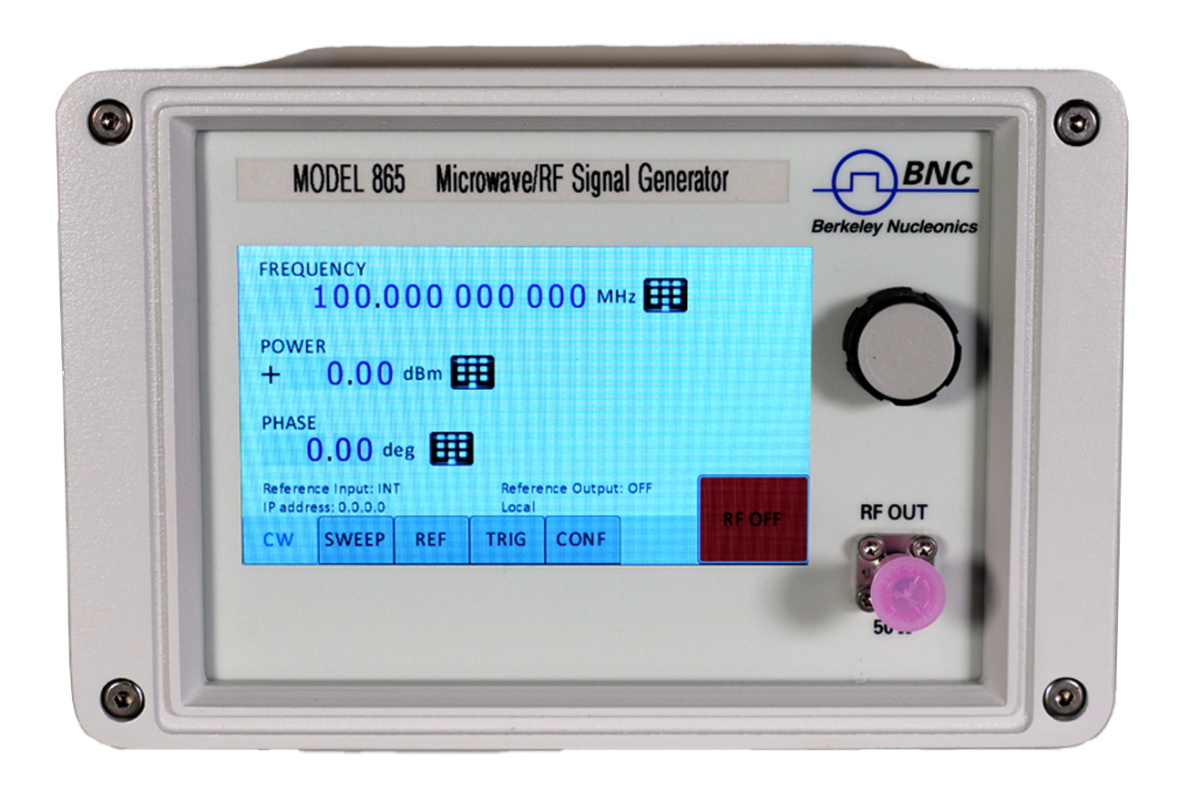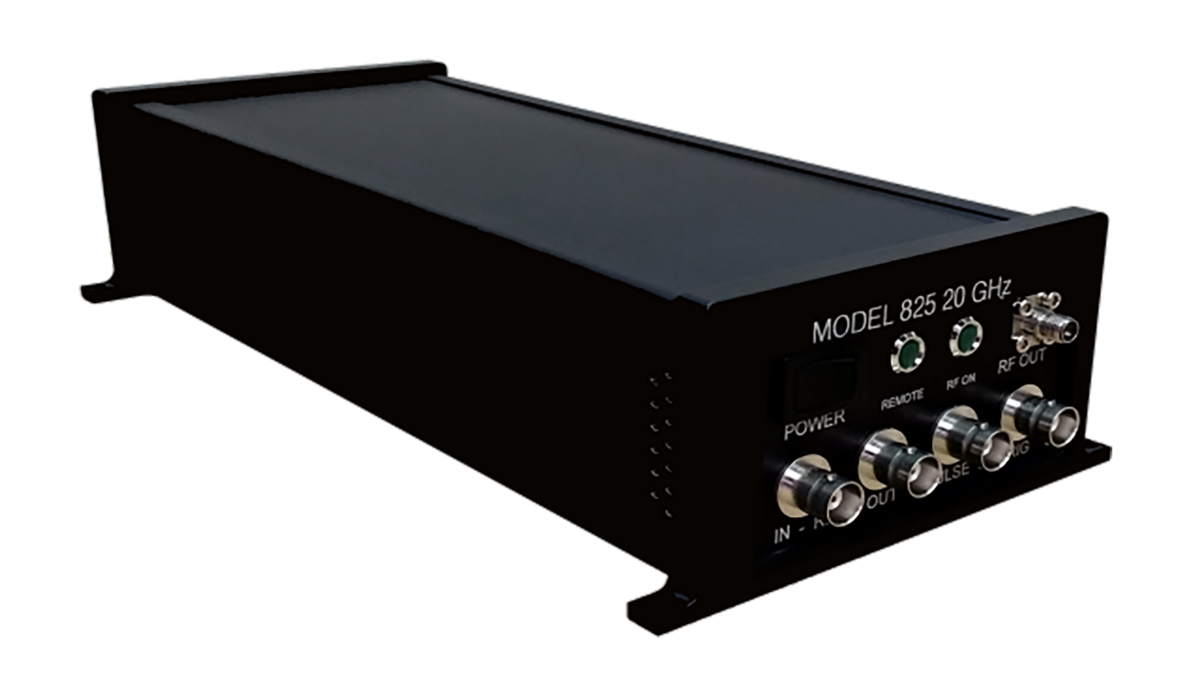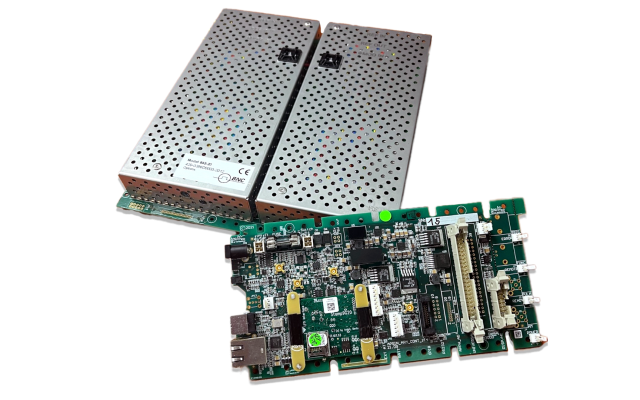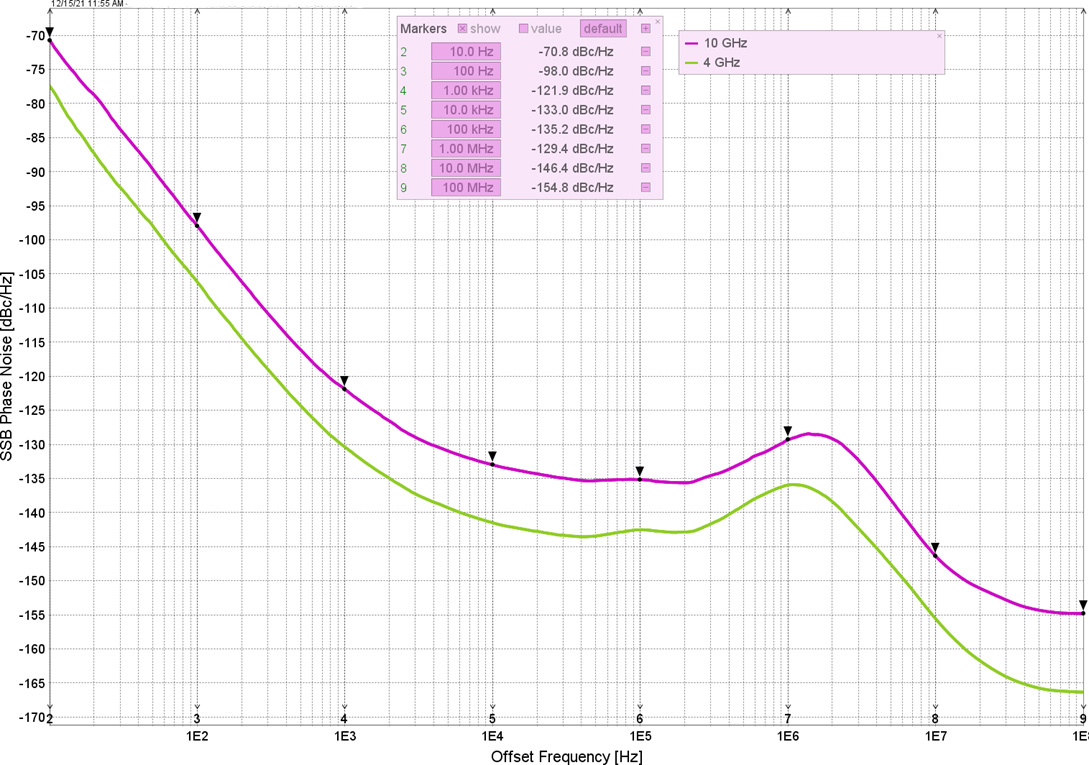May 10, 2023 - How to Choose a Multichannel Microwave Signal Generator
Choosing a signal generator for radio frequency or microwave applications can be a daunting task, especially when there is little guidance regarding what parameters are of interest. In this post, we will identify the common factors one should keep in mind when choosing a signal generator.
Number of Channels
To determine the number of channels one will need for their signal generator, they must know how many signals are to be delivered at one time. BNC offers single, 2, 3, or 4 channel units, and we are capable of customizing an 8 channel unit when requested.
Form Factor
Something as simple as the intent of the generator's shape can be a factor when deciding on a signal generator. There are three general form factors:
- Table top unit - typically a portable device that can have a handle and rubber feet to take from table top to table top. An example is BNC's Model 865B in the single channel configuration.

- Rack mounted unit - has standardized dimensioning to fit into electronic equipment racks. An example is BNC's Model 825-M.

- OEM unit - a more barebones board level operated option with no enclosure that is designed to fit into a larger system's enclosure that you and your team may be designing. An example would be BNC's Model 845-OEM.

Frequency Range
Arguably one of the most important factors when choosing any signal generator is the frequency at which the device must operate. RF is generally defined to be from 8.3 kHz(8.3 x 103 Hz) up to 300 GHz(300 x 109 Hz). The choice of frequency range depends on the range of the specific use case for the current system or future systems under test. BNC offers devices that cover anywhere from 9 kHz up to 40 GHz.
Phase Coherence
Another crucial factor to consider when multiple channels/signals are in use is if those signals should have a constant phase difference, i.e. if they should oscillate at the same rhythm. The Model 855B is the formerly mentioned multichannel unit that can be customized with up to 8 channels with an emphasis on phase coherence design.
Power Output
The required power delivered to the system under test must also be considered. BNC’s devices are capable of power output ranges from -120dBm up to +26dBm, sometimes even higher if specifically requested. The Model 865B is capable of outputting from -90 dBm up to +26 dBm with option PE.
Phase Noise
Phase noise minimization is a crucial component for maintaining signal accuracy, as unintended shifting of phase and frequency can distort signals at very high frequencies. If phase and frequency accuracy are necessary to maintain, then lower phase noise is a strong factor in consideration. BNC offers the Model 825 with highly competitive phase noise parameters, for example -152dBc/Hz at 1GHz @ 100kHz offset.

Harmonics and Spurs
Harmonics and spurs are additional frequencies that can further distort the delivered signal, so choosing a signal generator that can keep these frequencies low will maintain testing integrity for sensitive systems. The Model 865B offers -60 dBc harmonics (option FILT) and -90 dBc spurious frequencies.
Switching Speeds
If the testing procedure will require sweeping through frequencies or power levels, then the time it takes for the output to respond (switching speed) is something to keep in mind. As the list of frequencies or power levels gets longer, the longer it will take to complete the testing procedure. Faster switching speeds will keep testing time down so more tests can be performed. BNC's Model 875 vector signal generator with the UFS option has switching speeds as low as 100 nanoseconds within a 400 MHz bandwidth of a central frequency.
Modulation Capabilities
If the system being tested requires signal modulation, then one must identify what kind of modulation is necessary for their application. BNC offers units capable of AM, FM, phase, pulsewidth, chirp, and avionics modulation.
